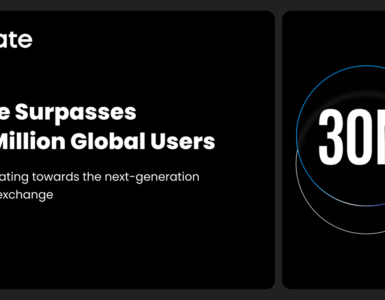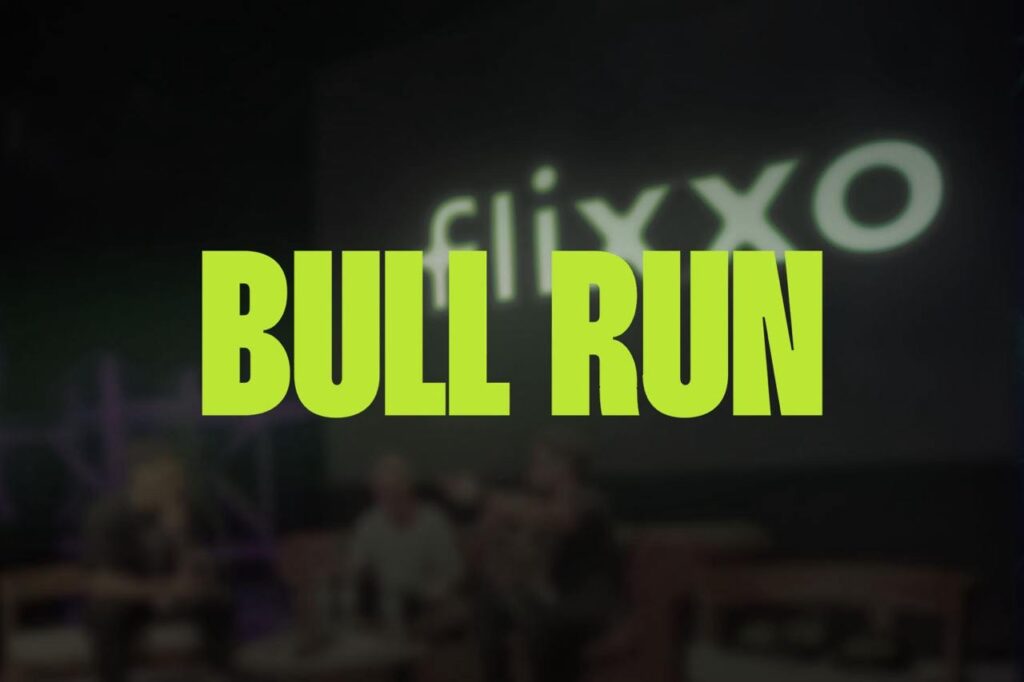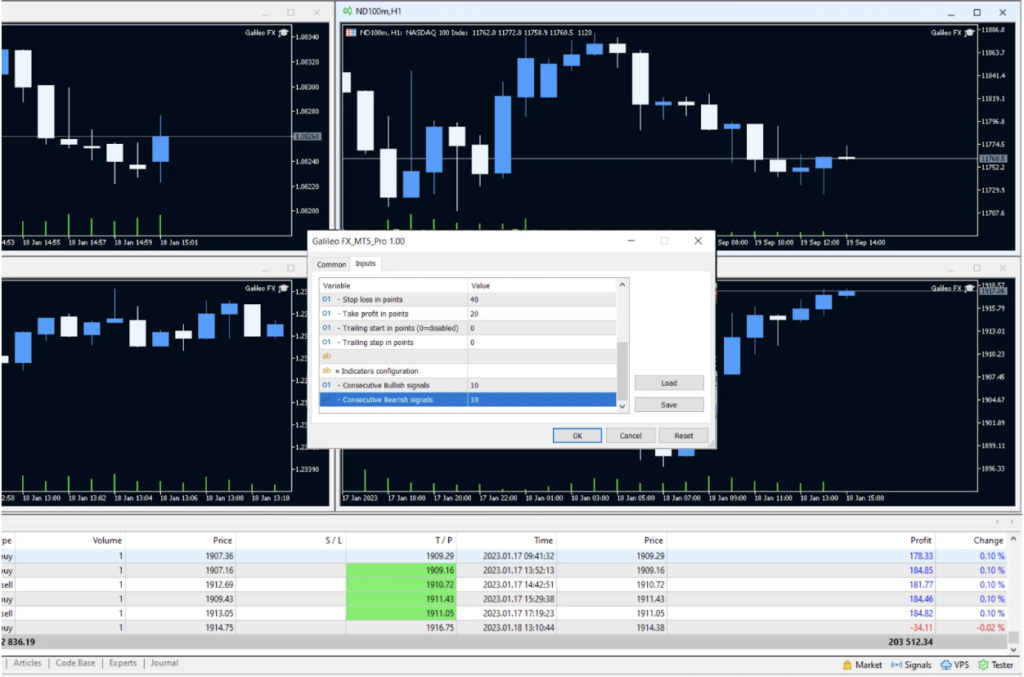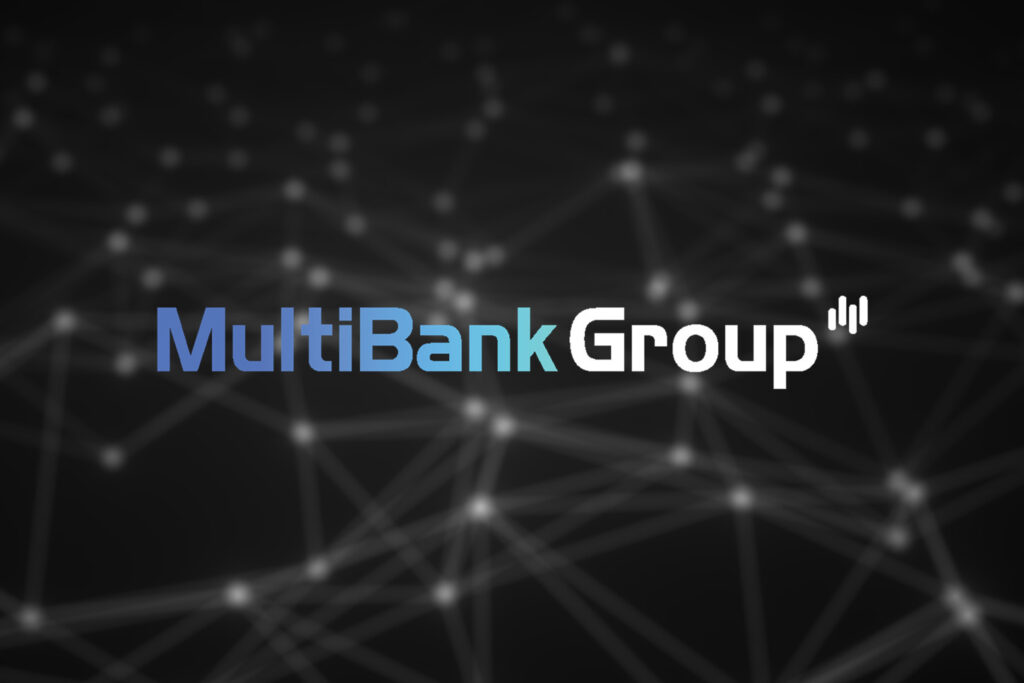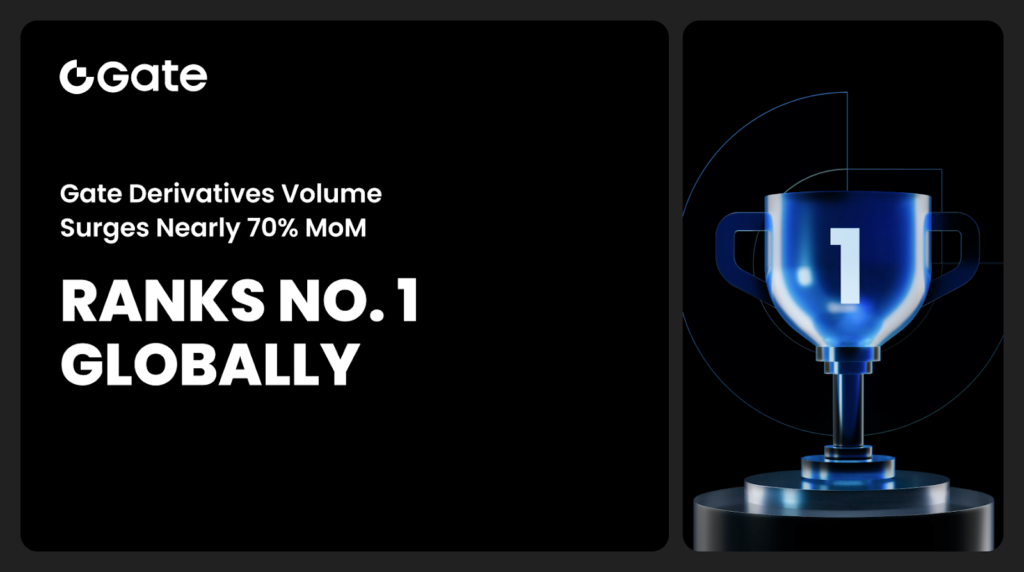Urban design is an essential aspect of city planning, which involves creating functional and aesthetic spaces that are accessible and enjoyable for people to live and work in. As cities become more complex and densely populated, the need for innovative solutions to urban design challenges increases. One potential solution is the use of NFTs to enhance urban design.
What are NFTs?
NFTs, or non-fungible tokens, are unique digital assets that represent ownership of a specific item or asset. NFTs are stored on a blockchain, providing a transparent and immutable record of ownership.
How can NFTs Enhance Urban Design?

NFTs have the potential to enhance urban design in several ways:
Funding Public Art
NFTs can represent ownership of public art installations, enabling fractional ownership and funding of public art. This can create a new revenue stream for artists and support the creation of unique and engaging public art.
Tokenization of Property
NFTs can represent ownership of property, allowing for fractional ownership of high-value assets such as real estate. This can create a more accessible and affordable way for individuals to invest in urban development and support the creation of more inclusive and diverse urban spaces.
Decentralized Governance
NFTs can also be used to create decentralized governance structures for urban development projects. This can enable greater community participation and decision-making in the planning and development of urban spaces.
Digital Twins
NFTs can represent ownership of digital twins, which are virtual replicas of physical urban spaces. Digital twins can provide a platform for testing and simulating urban design scenarios, enabling more informed decision-making and more efficient use of resources.
Potential Challenges
There are several challenges to the use of NFTs in urban design, including:
Legal Issues
The regulatory framework for NFTs in urban design is still evolving, and it can be challenging to navigate the legal landscape.
Technical Limitations
The scalability and technical limitations of blockchain technology can limit the potential of NFTs in urban design.
Lack of Standardization
There is also a lack of standardization in the NFT market, which can lead to confusion and uncertainty for investors and buyers.
The Role of NFTs in Shaping the Future of Cities
NFTs have the potential to transform how we view and interact with cities. By leveraging blockchain technology and fractional ownership, NFTs can enable a more equitable and sustainable approach to urban design.
Democratizing Urban Design
NFTs can democratize urban design by enabling more community participation and decision-making in the planning and development of urban spaces. Fractional ownership can allow for more diverse and inclusive ownership structures, enabling more people to invest in and benefit from urban development.
Funding Public Art
NFTs can provide a new funding model for public art, enabling fractional ownership of public art installations and creating a new revenue stream for artists. This can lead to more unique and engaging public art installations that reflect the diversity and culture of the community.
Encouraging Sustainable Development
NFTs can encourage sustainable development by providing funding for environmentally friendly infrastructure and public transportation systems. Fractional ownership can enable more people to invest in sustainable urban development and support the creation of more environmentally conscious urban spaces.
Enhancing Accessibility
NFTs can enhance accessibility in cities by providing more accessible investment opportunities for individuals who may not have had access to traditional investment vehicles. This can lead to more diverse ownership structures and a more equitable distribution of urban assets.
Potential Use Cases of NFTs in Urban Design
The potential uses of NFTs in urban design are vast and varied. Here are a few additional examples of how NFTs could be used in urban design:
Heritage Preservation
NFTs can be used to represent ownership of heritage sites and historic buildings. This can enable fractional ownership and funding of heritage preservation projects, creating a new revenue stream for organizations that maintain and preserve these sites.
Community Gardens
NFTs can represent ownership of community gardens, enabling fractional ownership and funding of urban agriculture projects. This can lead to more accessible and affordable fresh produce in urban areas, promoting healthy eating and community building.
Public Space Activation
NFTs can be used to activate underutilized public spaces such as empty lots or abandoned buildings. By representing ownership of these spaces and enabling fractional ownership, NFTs can create new revenue streams for developers and entrepreneurs who want to use these spaces for community-oriented projects.
Civic Engagement
NFTs can be used to incentivize civic engagement and participation in urban design projects. For example, NFTs could represent ownership of a vote in a community decision-making process, providing a tangible incentive for individuals to participate in civic engagement.
Overcoming the Challenges of Using NFTs in Urban Design
While the potential benefits of using NFTs in urban design are significant, there are also several challenges that need to be addressed to ensure their successful implementation. Here are some of the key challenges and potential solutions:
Legal Issues
One of the main challenges of using NFTs in urban design is the lack of legal clarity around the ownership and transfer of digital assets. To address this, regulatory bodies need to develop clear guidelines and standards for the use of NFTs in urban design, ensuring that they are used in a way that is transparent and legally compliant.
Technical Limitations
Another challenge of using NFTs in urban design is the technical limitations of the blockchain technology. These include issues such as scalability, interoperability, and energy consumption. To overcome these limitations, developers need to continue to innovate and develop new solutions that can improve the efficiency and sustainability of the technology.
Lack of Standardization
The lack of standardization in the NFT market is also a challenge in urban design. To address this, industry leaders need to work together to establish best practices and standards for the use of NFTs in urban design. This can help to create a more stable and reliable market for NFTs, making them more accessible and attractive to investors.
Education and Awareness
Finally, there is a need for greater education and awareness around the potential of NFTs in urban design. Many people are still unfamiliar with the technology and its potential applications. To overcome this, there is a need for more educational resources and outreach programs that can help to raise awareness and understanding of NFTs and their potential in urban design.
Ethical Considerations in Using NFTs in Urban Design
While NFTs have the potential to revolutionize urban design, there are also ethical considerations that need to be taken into account. Here are some of the key ethical considerations when using NFTs in urban design:
Exclusivity
One concern with using NFTs in urban design is the potential for exclusivity. If ownership of urban assets is concentrated in the hands of a few wealthy individuals, this could lead to greater inequality and exclusion. To address this, it is important to ensure that NFTs are used in a way that is accessible and inclusive, enabling more diverse ownership structures and participation in urban development.
Privacy
Another concern with using NFTs in urban design is the potential for privacy violations. As NFTs represent ownership of physical assets, there is a risk that personal information could be linked to these assets, creating a potential privacy breach. To address this, it is important to develop clear guidelines and standards for the use of NFTs in urban design that protect individuals’ privacy.
Environmental Impact
The environmental impact of NFTs is another ethical consideration. As NFTs are built on blockchain technology, they require significant energy consumption to operate. To address this, it is important to develop more sustainable and energy-efficient blockchain solutions, and to consider the environmental impact of using NFTs in urban design.
Cultural Appropriation
Finally, there is a concern about cultural appropriation when using NFTs in urban design. As NFTs represent ownership of physical assets, there is a risk that cultural heritage sites or artifacts could be tokenized and sold without proper consideration for their cultural significance. To address this, it is important to ensure that NFTs are used in a way that respects cultural heritage and takes into account the cultural significance of urban assets.
Conclusion
NFTs have the potential to revolutionize urban design by providing new funding models for public art, creating more accessible investment opportunities, enabling decentralized governance, and facilitating the creation of virtual replicas of physical spaces. While there are challenges to overcome, the benefits of increased accessibility, liquidity, and diversification are significant. As the technology evolves and the regulatory landscape becomes clearer, we can expect to see more innovative use cases for NFTs in urban design in the future. NFTs have the potential to shape the future of cities and create more inclusive, sustainable, and engaging urban spaces for everyone



